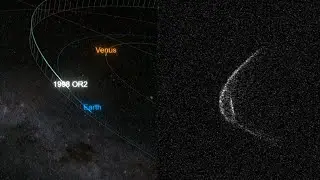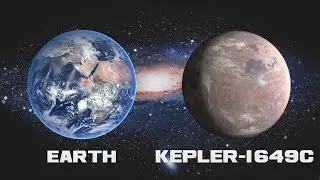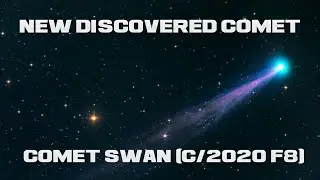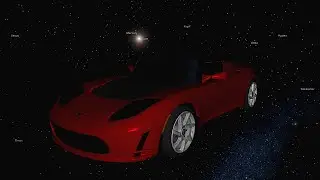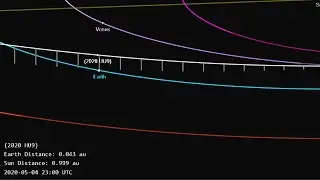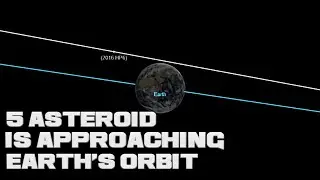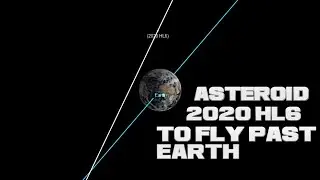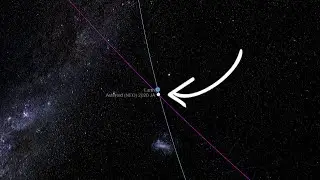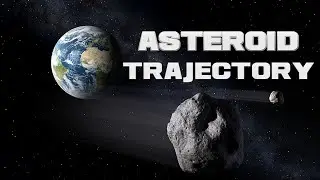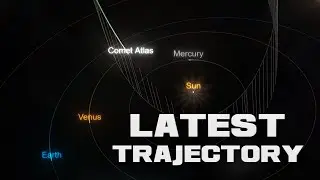Comet ATLAS Disintegrate Into More Than Two Dozen Pieces | Hubble Space Telescope
Their appearance changes substantially between the two days.
Most comets that fragment are now too dim to see.
Events at such scale only happen once or twice a decade.
The results are evidence that comet fragmentation is actually fairly common.
It might even be the dominant mechanism by which the solid, icy nuclei of comets die.
Because this happens quickly and unpredictably, astronomers remain largely uncertain about the cause of fragmentation.
Hubble's crisp images may yield new clues to the breakup.
Hubble distinguishes pieces as small as the size of a house.
Before the breakup, the entire nucleus may have been no more than the length of two football fields.
One idea is that the original nucleus spun itself into pieces because of the jet action of outgassing from sublimating ices.
Because such venting is probably not evenly dispersed across the comet, it enhances the breakup.
The comet was discovered on Dec. 29, 2019, by the ATLAS (Asteroid Terrestrial-impact Last Alert System)
This NASA-supported survey project for Planetary Defense operates two autonomous telescopes that look for Earth-approaching comets and asteroids.
The comet brightened quickly until mid-March, and some astronomers anticipated that it might be visible to the naked eye in May to become one of the most spectacular comets seen in the last 20 years.
However, the comet abruptly started to get dimmer instead of brighter.
Astronomers speculated that the icy core may be fragmenting, or even disintegrating.
ATLAS' fragmentation was confirmed by amateur astronomer.
The disintegrating comet was approximately 146 million kilometers from Earth when the latest Hubble observations were taken.
If any of it survives, the comet will make its closest approach to Earth on May 23 at a distance of about 116 million kilometers.
and eight days later it will skirt past the Sun at 40 million kilometers.
Source: nasa.gov
Audio: Epic Journey









